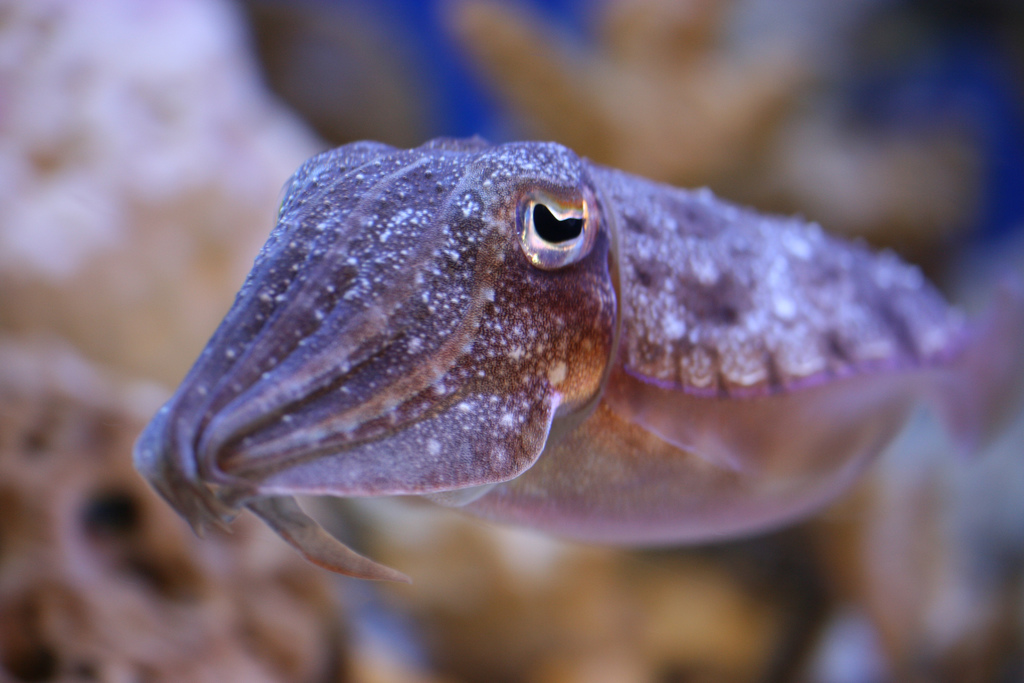
Roger Hanlon is a Senior Scientist at the Marine Biological Laboratory (MBL), an international center for research and education in biological and environmental science located in Woods Hole, Massachusetts. Hanlon’s laboratory studies the camouflage phenomena of cephalopods, which includes squid, octopus, and cuttlefish. Hanlon’s lab has published over 200 scientific papers on cephalopods and their research has been featured in major publications such as ScienceFriday, the New York Times, and The Atlantic.
The Challenge
Cephalopods such as cuttlefish can change their skin color, patterning and texture in milliseconds. This coloration behavior is used to signal other cuttlefish and potential predators as well as to hide from predators by blending into the surrounding environment. Hanlon and his team want to better understand the natural mechanisms behind the cephalopods speedy, sophisticated camouflage. By studying how these physical transformations appear to the eyes of animals in the cephalopod’s ecosystem, rather than to human vision, they can examine these colorful displays in the contexts they were evolved for. To do this they needed an imaging system capable of capturing light frequencies outside the visible spectrum, at high speed and underwater.
Solution
Surface Optics Corp. created a full motion spectral imaging video system (an early model LightShift) with 16 spectral channels spaced evenly across the spectral range of 360 to 660 nm. For the MBL application, speed was a critical component. A typical hyperspectral imaging scan can take several seconds to minutes to complete. The system created for Hanlon’s team can capture spectral video at 30 frames per second. Hanlon’s team then created special underwater housing to operate the camera on dives.
Results
A field expedition led by Hanlon took the full motion spectral imaging system to Raja Ampat, Indonesia, featured in the above video published by Quartz. Hanlon and his team successfully collected multispectral data underwater, of cephalopods in their natural environment.
